Don't wanna be here? Send us removal request.
Text

Yuko Shimizu, 'SVA Subway Poster 2', ''Spectrum'', Vol. 24, 2017
660 notes
·
View notes
Text
Sophia Loren as Catherine Hubscher (known as "Madame Sans-Gêne") in Madame Sans-Gêne 1961 Dir. Christian-Jaque
32K notes
·
View notes
Photo

The Psychology of Gambling, 1977, cover design by Alan Aldridge
2K notes
·
View notes
Text
The LICHES method of descriptive text
A while back a friend asked me to write up some pointers for how I write descriptive text. You know, for dungeons and such. I gave her the LICHES method, which I'm posting here now. The primary purpose of descriptive text is to clue players in to what they need to pay attention to. When you ask your players, "What do you do?" think of that as less of an open-ended question and more multiple choice. Your descriptive text gives your players the potential answers. (This is, of course, a broad statement. Players will always pull something out of left field.)
Good descriptive text includes any applicable lights, interactables, characters, hazards, egress, and senses—LICHES.
Light
Characters should know how much light they’re dealing with, and what the source is. Sconces, torches, moonlight coming in from a window? Sunlight filtering in from the forest canopy?
Interactables
If there’s something in this room the characters are meant to look at or touch, put it in. If you want them searching in the desks, tell them there are desks. The opposite is ALSO true. If you put something notable in your description, players are going to expect to get something out of interacting with or studying it.
Characters
If there are people in this room, what are they doing? It's very helpful to give DMs a look at the "moment before" for any NPCs in your description. What were they up to before the characters interrupt their lives? This goes for monsters, too, if they’re readily visible.
Hazards
This one should probably come earlier on the list. Like if something's on fire, you either mention it FIRST or LAST. But lesser-noticeable hazards, like "patched-up holes" or "slits in the wall" can be mentioned casually, without drawing a gigantic verbal arrow to it.
Egress
Some people might disagree with me on this, but it’s very helpful to be told that there are doors, even if they’re already on the map. Some tables don't run maps, and sometimes your VTT's fog of war tool obscures what is and isn't a point of egress on your map.
Senses
A lot of LICHE is based on what the characters can see, but you can play with the other senses as well. Characters can smell “a foul odor wafting from the pile of corpses,” hear “the lazy whistling of a popular folk song,” or maybe even taste “the salt on the wind at the docks.”
Putting it all together you might get:
Fire crackles in the hearth, casting long shadows on the papered wall and the sturdy oak desk pushed against it. An orange tabby yawns and stretches out on the plush armchair, revealing for an instant her sharp claws. Two doors lead out of the room: the western door that leads further into the house, and the eastern door that opens into the porch.
L: Fire I: Oak Desk C: Cat H: The cat's claws (watch out) E: Door into the house, Door out to the porch S: The crackle of the fire, the plushness of the chair
Don't worry about making this stuff sound poetic. You just need to give the players a list of things they can interact with or react to. Role playing gets compared to improv a lot, and there are a lot of similarities! Think of an effective description as the thing your players say "yes, and" to. And you don't have to include every letter in LICHES if you don't want to, or if they don't apply. Sometimes a room is empty. There may be no hazards. But this rule of thumb has really helped me write up some descriptions for both published adventures and home games.
1K notes
·
View notes
Photo

Devil swine, a powerful lycanthrope more dangerous than the typical wereboar. (Larry Elmore from the Mentzer D&D Expert Rulebook, TSR, 1983) D&D’s devil swine was inspired by the “swine-things” in William Hope Hodgson’s 1908 novel The House on the Borderland, which was a major influence on Lovecraft that also helped inspire the title of module B2.
412 notes
·
View notes
Text

“Anador — the strange and fantastic land created by the Gods. Where two mighty Wizards control two opposed Empires, each determined to conquer the other.” (The DragonLords, fantasy board wargame by Scott Bizar & Adam Gruen, FGU, 1978, with Mike Gilbert box art)
159 notes
·
View notes
Text









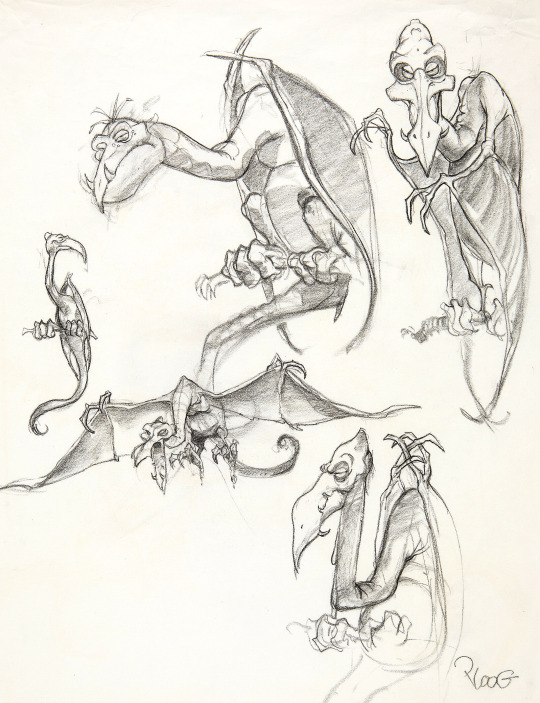
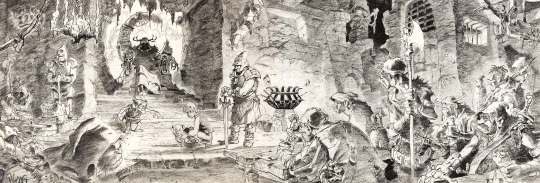
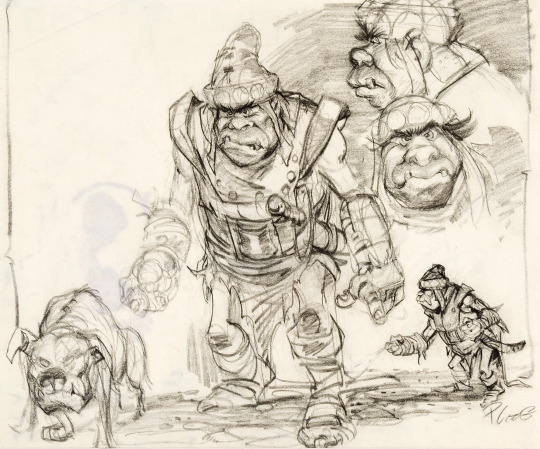





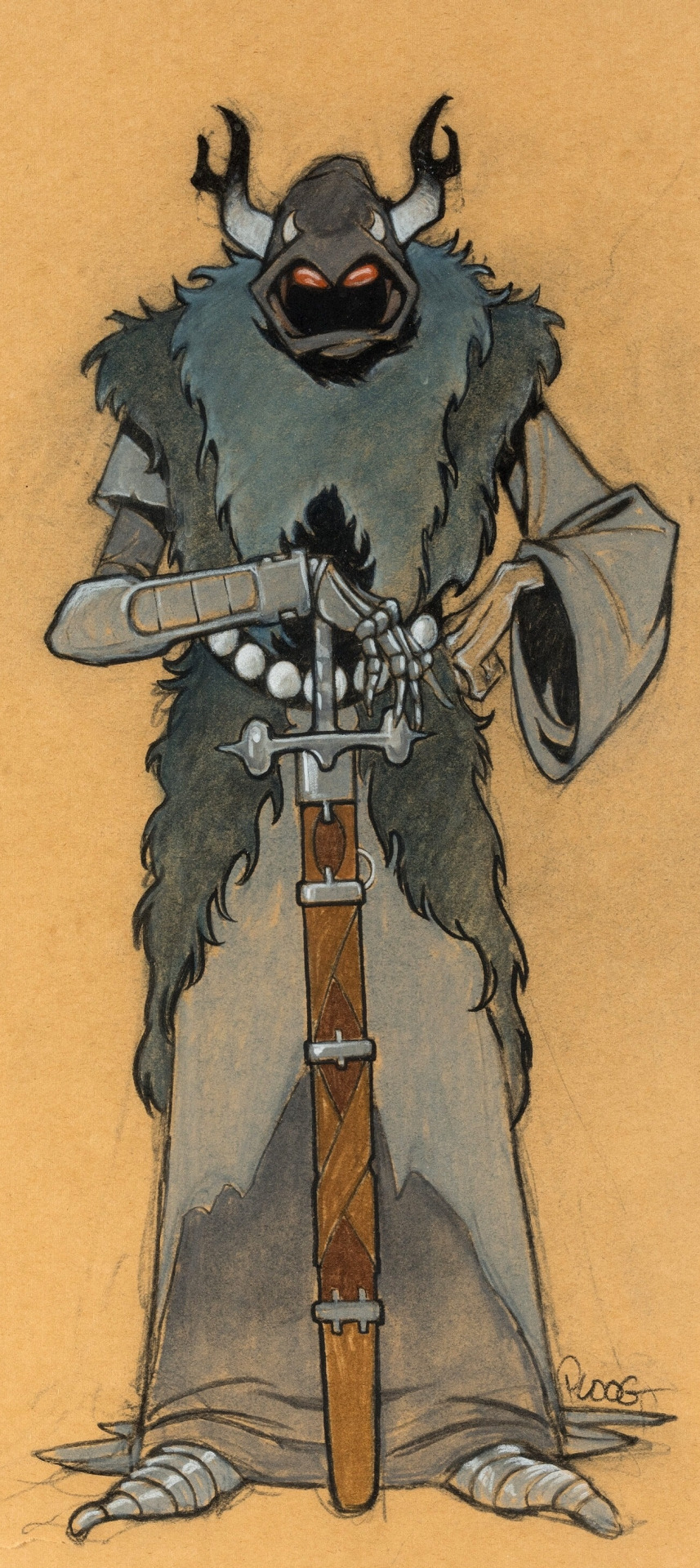
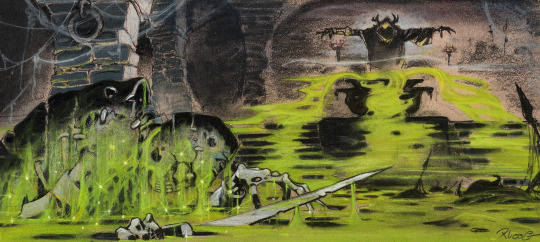
The Black Cauldron (1985) - Concept art by Mike Ploog
2K notes
·
View notes

















